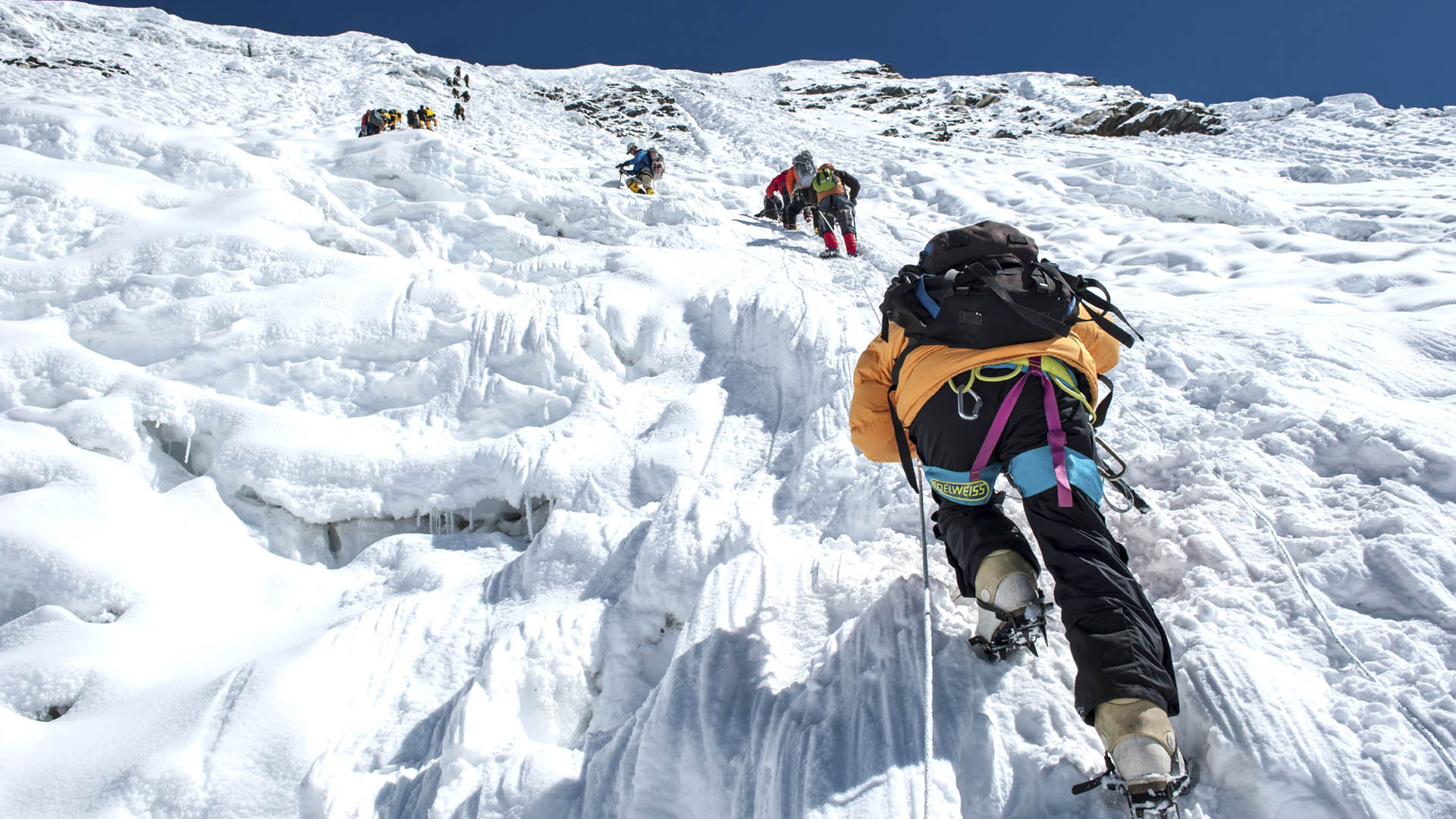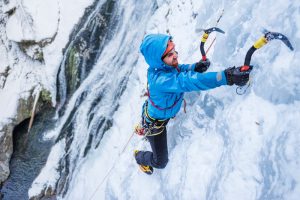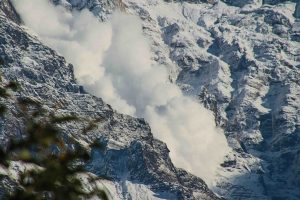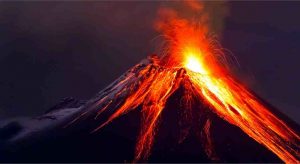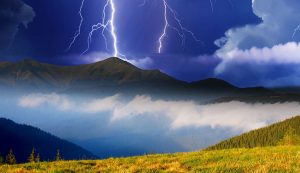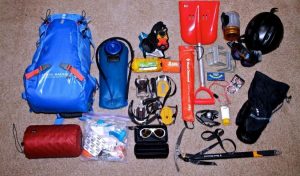Riskier and dangerous; mountaineering revolves around these two words. But, this is also what makes this sport more thrilling as the higher the risk the higher the thrill and vice versa.
Mountaineering – A Broad Term
Generally, this sport is described as mountain climbing and this term holds a vast amount of climbing activities in it. Whether it is backpacking, skiing, indoor climbing, bouldering or several other activities, the term mountaineering covers all of them.
This means that there are several specializations in this field, but the biggest motive of a mountaineer still remains to reach the highest of unclimbed big mountains.
Alpinism – An alternate name for Mountaineering
Did you know that Alpinism is the term that is used interchangeably with Mountaineering? As, an Alpinist is a person who climbs ice-covered mountains with minimal equipment in demanding climatic and physical conditions.
So, now enough with the introductions and let’s move on to topic of this article.
Does Mountaineering Involve Risks – A Debatable Point
Mountaineers and Non-mountaineers often disagree about the nature of risk involved in this sport. And, although, professional mountaineers do agree that there are several risks involved, however they think that non-mountaineers overestimate these risks all the time.
Now, if you are a person who is considering to try out this sport, then it is vital that you go through all the points mentioned below, so as to give you a better idea about the level of risks in mountaineering.
Risks – Objective & Subjective
The risks involved in this sport are categorized into objective and subjective risks. Objective risks are those that are there without the presence of the climber e.g. avalanches, rock-falling or environmental conditions.
On the other hand, other risks are subject to the climber itself, some of which are his poor technique, equipment failure, lack of attention and others.
We will discuss all these risks in this article one by one to give you a better idea of the risks you might face if you attempt this sport.
Objective Risks
Melting Ice
Ever heard of global warming? It is the change in climatic conditions that has its affects on the environment. In this case it has a direct affect on glaciers and mountains that are packed with snow all year long.
You see, if you intend to climb a snowy mountain that has large icicles hanging on it, then chances of them falling are quite high and they have to avoided by a climber like falling stones. Moreover, climbing on ice is not a joke as it gets more slippery as it starts melting.
Precautions
Now, ice melting is a risk but it can be reduced and even avoided if you a take the proper precautions. Some of them are:
- Avoid climbing a snowy mountain in the afternoon or when the temperature is high, as it’s the prime time when the ice melts, causing the surface to get slippery.
- Devise a safe route that does not involve you dodging icicles while you climb up the mountain.
Avalanches
As, mentioned above Skiing is also termed as a part of mountaineering and if you are interested in this aspect of this sport, then you better gear up for an avalanche.
In case, you didn’t know what an avalanche is, then let me give you a general idea. When huge amounts of snow flows rapidly after it is triggered from a mechanical failure, then that is what you call an avalanche.
This is the most dangerous risk a mountaineer or in this case a skier faces and according to survey almost 120 to 150 people lose their lives to this hazard every year.
Precautions
- Read more about avalanches and learn their types as this will help you in identifying the danger signs.
- Check the avalanche potential of slope before skiing or get professionals to do it for you.
Volcanic Eruptions
It’s unlikely however, you can’t just untick the possibility of facing a volcanic eruption while you are climbing a mountain. As, if it does erupt then chances of you surviving the volcano or the damage it will do around you becomes impossible.
Precautions
- Always do proper research before choosing a mountain to climb as there are several methods in which geological experts can predict as to whether a volcano can erupt or not.
- Have an air support or a helicopter on stand-by just in case the volcano comes to life.
Environmental Factors
Lightning, fog, extreme wind or rain, you name it and it’s there. The worst weather conditions is what you will face at high altitudes which makes the action of climbing a mountain much more hazardous than it is in normal circumstances.
And, let me just add sand and thunderstorms to the list as they take the risk of climbing to a whole other level.
Precautions
While nature cannot be stopped however, certain precautions can mitigate the risks of bad climatic conditions and take it down by a notch. Here are some of them that are used by professional climbers.
- Start early as storms usually come into play in the early morning and late afternoon.
- Measure the risks and properly read weather forecasts of the area surrounding the mountain you are about to climb.
Subjective Risks
Equipment Failure
Nothing is considered as too much when you are packing on the equipment that you are going to use while climbing a mountain. As, choosing the wrong equipment may lead to failure thus causing severe injuries and in worst cases, death.
Precautions
- Follow industry standard procedures while choosing the equipment that you are going to use during climbing or simply ask for professional help.
- Choose what is safe above with what you are comfortable with as your life depends on this choice.
Poor Technique & Fitness Requirement
Mountaineering is not a sport, it’s a skill, one of the hardest to learn actually. And, overlooking this aspect might lead to considerable consequences. Moreover, if you are not in an extremely good physical condition then you might not be able to pull through and fail miserably.
Solutions
- Isn’t it obvious? Learn the proper technique of this sport through a professional.
- Moreover, hire a trainer and get in the best shape of your life as your fitness should be top notch before attempting the climb.
So, these were some of the risks that you can face during your journey in climbing a mountain. Do you think we covered the important aspects or did we miss out on something?
Do let us know by commenting down below and don’t forget to share this post on social media with your friends and family!
For updates regularly visit: Allsportspk
